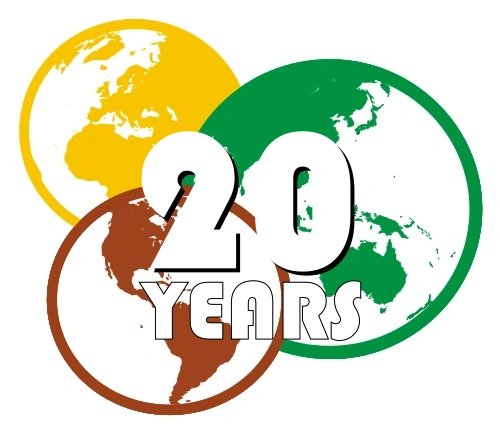| ||||||||
| Capital (and largest city) |
Québec | |||||||
| Other Cities | Trois-Rivières and Montréal | |||||||
| Language Official |
French | |||||||
| Others | Michif (French Cree), Mohawk Dutch, and native Iroquoian, Algonquian and Inuit languages | |||||||
| Religion Main |
Roman Catholic | |||||||
| Others | Native religions | |||||||
| Ethnic Groups Main |
European | |||||||
| Others | Native Americans and Métis | |||||||
| Demonym | Canadien(ne) (In English Canadian) | |||||||
| Government | Colony of the Kingdom of France | |||||||
| Governor General (Gouverneur généraux) | ||||||||
| Established | 1610 | |||||||
| Currency | New France livre | |||||||
En revenant des noces, j’étais bien fatiguée,
Au bord d’une fontaine, je me suis reposée
Et l’eau était si claire, que je m’y suis baignée
Canada is a French colony within New France discovered and named in 1535 during the second voyage of Jacques Cartier. Although the terms "Canada" and "New France" are sometimes used interchangeably, New France actually represents a much broader portion of North American territory than the Great Lakes-St Lawrence colony of Canada.
Geography and borders[]
Canada covers the territory along the Saint Lawrence River, then known as the Canada river, from Grosse Island in the east to a point between Quebec and Three Rivers, although this territory had greatly expanded by 1600. French explorations continued "unto the Countreys of Canada, Hochelaga, and Saguenay" before any permanent settlements were established.
After the Peace of Utrecht (1713) the limits were extended from the coast of Labrador on the Atlantic Ocean, southwest through the Saint Lawrence River Valley to the Great Lakes and beyond to the confluence of the Ohio and Mississippi Rivers. However the limits north of the Ohio river are under dispute with the British Commonwealth that repurchased the concession of the bankrupt Ohio Company.
Canada borders other colonies which are Borealia to the north, Newfoundland, Nova Scotia, New England, Dutch New Netherlands and Iroquois and to the east, and French Louisiana far to the south.
Even though a permanent trading post and habitation was established at Tadoussac in 1600, it was under a trade monopoly and thus not constituted as an official French colonial settlement. As a result, the first official settlement was not established within Canada until the founding of Quebec by Samuel de Champlain in 1608.

Unofficial flag of Canada
Conflicts with the Commonwealth and Indians[]
Canada was one of the war theatres of the Nine Years' War (1688–1697) and War of the Spanish Succession (1702–1715) where the French, Dutch and English settlers and their respective Indian allies fought.
At the end of both wars France recognized and reaffirmed the British Commonwealth's possession of Borealia, the occupation of the Southwestern Ontario and the shores of Lakes Erie and Ontario by the Haudenosaunee and free passage and trade in the Great Lakes for them.
After the Seven Years' War (1756-1763) and by the Treaty of Paris (1763) Canada was awarded to the British Commonwealth becoming the Province of Quebec and Illinois Country (French: Pays des Illinois).
Administrative division[]
Canada, the most developed colony of New France, is divided into four districts and two territories the former have their own government. The governor of the District of Quebec is also the governor-general of all New France (elevated to Viceroyalty in 1665). The territories of Canada are a Governorship of the Viceroyalty since 1665.
Districts
- Québec
- Trois-Rivières
- Montréal
- Acadie
Territories
- Pays d'en Haut (Upper Country) Capital La Baye moved to Détroit.
- Pays des Illinois (Country of Illinois) which began north of the Arkansas River (regained from Louisiana).
- Labrador, capital Sept-Îles
| |||||||||||||||||||||||



